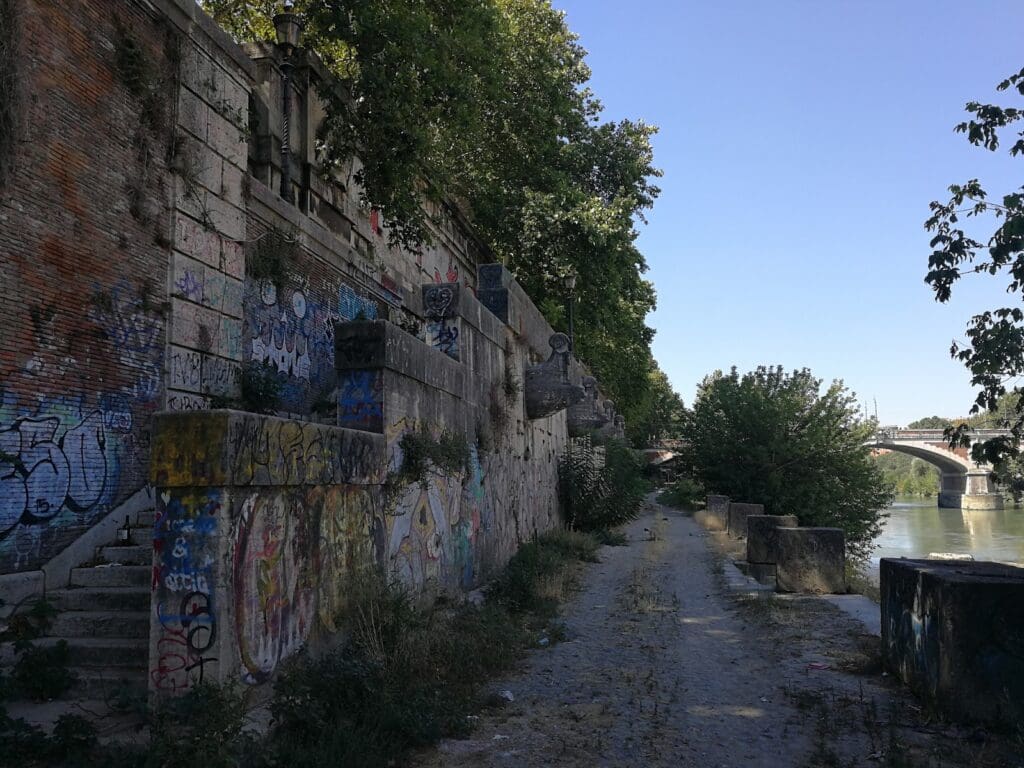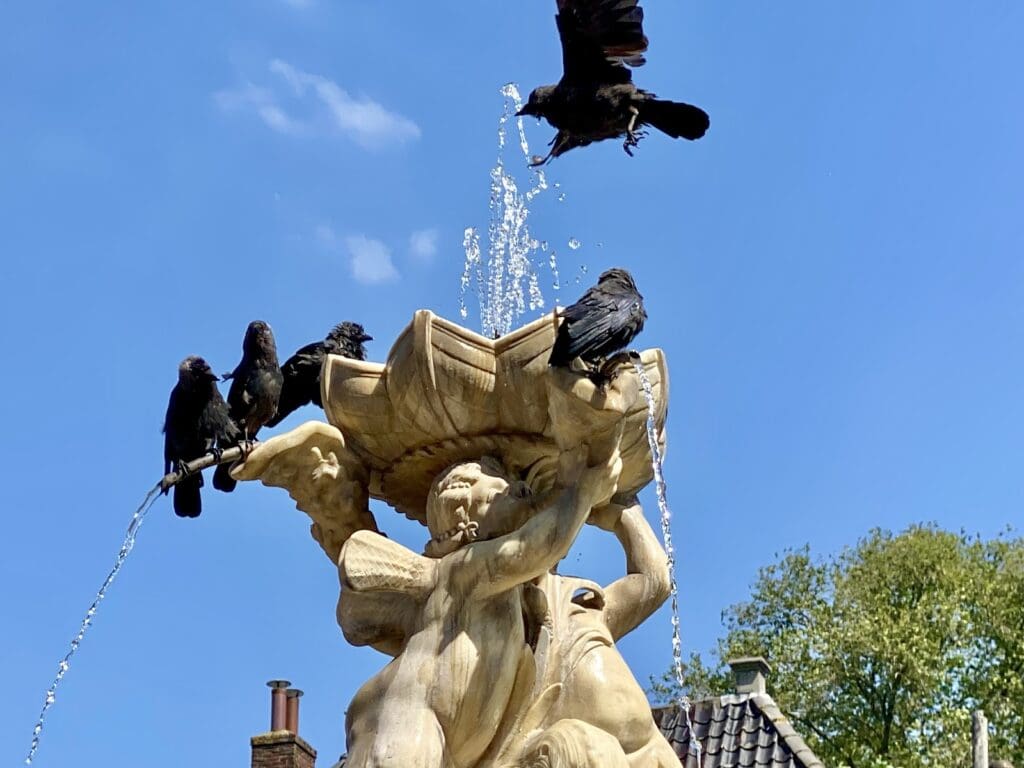From historic monuments to contemporary architectural installations, stone has long been revered for its durability and timeless beauty. However, even the most resilient stone surfaces are subject to wear, pollution, environmental exposure, and human-caused damage. Implementing the right strategies for stone preservation is essential for maintaining the integrity, appearance, and cultural significance of natural stone elements for generations to come.
Understanding Weather Damage and Environmental Threats
Natural stone is vulnerable to various forms of weather damage due to prolonged exposure to the elements. Rain, snow, freeze-thaw cycles, and extreme heat can lead to surface erosion, cracking, and discoloration. In urban areas, pollutants and acid rain can accelerate the degradation of both granite and limestone, while vegetation such as trees can leave organic stains and trap moisture on stone surfaces. These issues affect the long-term condition of stone monuments and demand proactive maintenance to avoid irreversible deterioration.
Survey monuments, which play an essential role in defining land boundaries and infrastructure planning, are particularly at risk. Exposure to the elements can obscure critical markers or cause structural weakening. These county surveyor landmarks must be frequently assessed and maintained to ensure they remain legible and intact. Proper care of these installations protects not only historical data but also the foundational layout of our cities and landscapes.
To counter environmental degradation, preservation efforts include surface cleaning, sealant applications, and gentle restoration methods. Avoiding harsh chemicals and using pH-neutral products ensures the stone is treated with respect, prolonging its natural form and finish.
Preventing Graffiti and Human-Caused Damage

One of the most pervasive modern threats to stone is graffiti. Whether it’s spray paint on a marble memorial, ink markings on granite survey monuments, or other marks such as grease, smoke, or paint spills that can affect stone surfaces, vandalism can severely affect both appearance and preservation. Removing graffiti from natural stone requires specialized techniques. Using a pressure washer or abrasive chemicals may cause more damage than the graffiti itself, especially on softer, porous materials like limestone or travertine.
A highly effective solution is the application of sacrificial coatings that shield the stone from direct contact with paint or ink. Prosoco’s SC1 is a standout product in this category. Designed for monument preservation and other public stone surfaces, Prosoco’s SC1 creates a breathable barrier that prevents spray paint from bonding with the stone surface. When graffiti or stains occur, the coating—and the graffiti or stain—can be removed with hot water, and a new coat can be applied afterward. This method greatly reduces the labor and cost of restoration while protecting the stone’s original finish. After cleaning, it is essential to thoroughly rinse the stone surface to ensure no residue remains and to prevent surface damage. A new coating can be applied when the cleaning process is complete.
Preventive measures also include limiting public access to vulnerable installations, installing surveillance in high-risk locations, and engaging local city maintenance teams to monitor the condition of important monuments. Timely intervention is critical in minimizing damage and preserving the intent and dignity of public stone structures.
Proactive Stone Restoration and Maintenance Techniques
Stone restoration is both an art and a science. Each stone restoration is a unique job that requires specialized skills and equipment. The process involves careful cleaning, consolidation of weakened areas, and surface reconditioning to restore the stone to its original strength and appearance. Maintenance is essential for monuments, building facades, and public installations to withstand environmental and human-caused stress.
To maintain and protect stone surfaces, preservation professionals recommend:
- Applying breathable water-repellent sealants that allow vapor to escape while keeping moisture and stains out.
- Removing biological growth, grime, oil, and dirt using poultices tailored for specific stone types such as marble or granite.
- Repointing joints using mortar compatible with the original stone to prevent moisture intrusion.
- Protecting against freeze-thaw cycles by ensuring proper drainage and sheltering exposed areas.
- Avoid heavy salting of walkways in direct adjacency to stone.
For survey monuments in particular, accurate documentation and periodic surveys ensure their visibility and structural condition. Land boundaries rely on these markers, and neglecting their care can result in significant complications for city infrastructure projects and property owners alike.
Proper maintenance methods also help protect the aesthetic value of decorative installations, such as carved memorials or engraved slabs, preserving the detail and craftsmanship invested in each piece. Customers who invest in stone installations for their beauty and permanence expect that these features will endure with minimal visible wear. By establishing a complete stone maintenance schedule, fabricators and restoration teams can ensure those expectations are met. Professional restoration services may require customers to pay a premium for the expertise and specialized tools involved.
Restoration techniques such as diamond grinding, honing, and polishing are used to address damage and wear, with a focus on restoring the stone’s surface to its original or desired appearance.
Characteristics of Effective Preservatives

Preserving the integrity and beauty of natural stone surfaces—whether marble, granite, travertine, or sandstone—relies heavily on the use of effective preservatives. These products are essential in stone restoration, providing a critical barrier against weather damage, moisture intrusion, and the daily wear that can compromise both appearance and durability. For survey monuments and other stone structures that define land boundaries or serve as historical markers, the right preservative is key to maintaining their function and legibility over time.
An effective preservative should deeply penetrate the stone’s surface, filling its naturally porous structure to block dirt, grime, and stains from seeping in. This is especially important for softer stones like limestone and sandstone, which are more susceptible to environmental stressors. By forming an invisible shield, a quality preservative helps protect against water, oil, and other contaminants that can cause discoloration or structural damage.
Ease of application and economical use are also important factors. The best preservatives can be applied without specialized equipment and do not risk damaging the surrounding stone or altering its natural appearance. This is particularly valuable when dealing with monuments or decorative installations where maintaining the original look is essential.
In situations where graffiti is a concern, a preservative can make the process of removing graffiti from stone, brick, or concrete much less damaging. By providing a protective layer, the stone’s surface is less likely to be harmed by pressure washers or cleaning agents, allowing for effective graffiti removal without compromising the underlying material.
Selecting the right preservative involves considering the type of stone, its location, and the level of exposure to elements like rain, sun, and pollution. Outdoor stone surfaces, for instance, require more robust protection than those installed indoors. Reviewing the technical data sheet, as well as the safety data sheet, for any product being considered for use is critical to ensure the product serves the right purpose for the given application, and can be applied safely with the right PPE. It is always recommended to apply any product to a small, discrete area of the material first to ensure the result meets the desired intent.
Ultimately, the best way to achieve long-term preservation is to choose a preservative that offers lasting protection without altering the stone’s natural form. By maintaining the stone’s appearance and preventing costly damage, a high-quality preservative supports the complete preservation process—reducing maintenance costs and extending the life of your stone installations. For tailored advice on stone restoration, maintenance, or to address specific concerns about your project, don’t hesitate to contact a professional stone restoration service. Their expertise can help you protect your investment and preserve the legacy of your stone structures for years to come.
Best Practices for Long-Term Stone Preservation
To achieve true longevity, each project must begin with a deep understanding of the stone’s characteristics and its intended location. Stone materials such as granite, limestone, travertine, and marble all behave differently under pressure, moisture, and temperature changes. Selecting the right stone for the environment—and maintaining it properly—is essential.
Examples of best practices include:
- Conducting a full condition survey of all stone surfaces and monuments before installation or restoration.
- Using low-pressure cleaning systems and non-abrasive tools to gently remove stains and dirt.
- Avoiding sealants that trap moisture beneath the stone surface.
- Ensuring installation methods are aligned with the stone’s structural properties and location conditions.
Whether preserving historical landmarks, protecting city monuments from graffiti, or restoring stonework on civic buildings, the guiding principle should always be longevity through knowledge, care, and technique.
Conclusion

The preservation of stone monuments, markers, and architectural elements is not just a matter of appearance—it’s about honoring craftsmanship, history, and public heritage. By investing in stone restoration, using innovative products like Prosoco’s SC1 for graffiti prevention, and maintaining surfaces with care, we safeguard these structures from environmental and human-caused threats. For city planners, county surveyors, landowners, and private customers alike, proactive preservation practices are essential to ensure stone installations stand the test of time.
If you are involved in a restoration or new stone project and want to protect your investment, contact a professional stone preservation team. With the right expertise and approach, even the most vulnerable stone structures can continue to inspire and endure. Quarra Stone Company is a global expert in stone preservation and restoration.
For more information, technical data sheets, or expert advice on stone preservation and restoration, visit our website or resource page.
Stone Preservation FAQ
1. Why is stone restoration important if natural stone is already durable?
Even the toughest stones are vulnerable to weathering, pollution, biological growth, and vandalism. Preservation protects both the structural integrity and visual appeal of stone installations over time.
2. What’s the best way to protect stone from graffiti and staining?
Apply a sacrificial anti-graffiti coating like Prosoco’s SC1, which forms a breathable barrier. If graffiti occurs, it can be removed with hot water, and the coating reapplied—avoiding damage to the underlying stone.
3. How do I clean stone without causing damage?
Use low-pressure, pH-neutral cleaners and avoid harsh chemicals or abrasive tools. Softer stones like limestone and travertine are especially sensitive and should only be cleaned with materials suited to their composition. Generally, it is best to begin with the least-aggressive products and application methods, working up to more aggressive products until the desired result is achieved.
4. What role do sealants play in stone preservation?
Sealants act as a barrier against water, oil, and dirt. Choose a breathable, vapor-permeable product that protects without trapping moisture beneath the surface, which can lead to internal cracking or staining.
5. How often should monuments or stone markers be maintained?
Survey monuments and public installations should be assessed annually or after severe weather events. Reapply sealants or protective coatings every 1–3 years, depending on environmental exposure.

